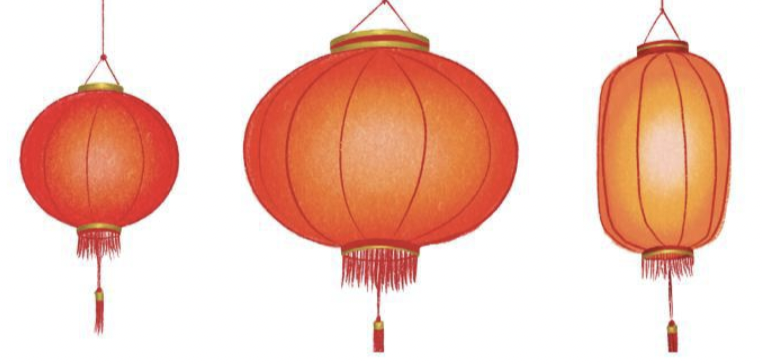Lunar New Year brings time for family, traditions
February marks the beginning of the Lunar New Year, ending the 4719th lunar year and beginning the Year of the Tiger in the Chinese Zodiac. Within the Gunn community, many students are unfamiliar with the zodiac symbols and what they truly represent. Each of these symbols indicate important traits that hold significance in the celebration of Lunar New Year.
This zodiac system is based on the Great Race: a mythical race of all animals held by the Jade Emperor, ruler of heaven and Earth. The Jade Emperor declared that the first 12 animals to cross the finish line would forever be immortalized as Chinese Zodiac symbols. The tiger came in third place out of the twelve animals, narrowly beaten by the Rat and the Ox, therefore earning a spot in the zodiac. In Chinese culture, the tiger symbolizes fear, aggression, power, versatility and courage.
Lunar New Year has been celebrated for over 5000 years in China and spread to the Bay Area in the 1850s. During the Gold Rush, an influx of Chinese immigrants arrived looking for work. The earliest recorded celebration of Lunar New Year in San Francisco—called “The Great Feast”—took place in 1851, according to opensfhistory.com. This event was all-inclusive, and many residents of other races found themselves involved in the celestial parade and hospitality—even those that supported the Chinese Exclusion Act and the “Chinese must go” movement.. These parades also existed in Palo Alto, with records dating back to as early as the 1980s when the Asian race accounted for 6.1% of the population, according to the Bay Area Census of Palo Alto.
In modern times, Lunar New Year is celebrated by spending time with family and friends. Before dinner, many families light fireworks. The act of lighting fireworks before dinner stems from a Chinese legend about a monster named Nian who would wreak havoc on villagers on Lunar New Year. In order to ward off Nian, people light fireworks.
Lunar New Year is also celebrated in Korean culture, where it is known as Seollal. Traditionally, Seollal is a time to pay respect to their ancestors and to assemble with their families. Usually, people return to their hometowns, perform ancestral rites, play folk games, and make and eat traditional food like “tteokguk”, a traditional rice-cake soup.
Junior Joseph Xu plans to celebrate the Lunar New Year with his extended family. “For our Lunar New Year celebration, we will have a large dinner,” Xu said. “Our grandparents will also be coming over, and all our family members are going to play a part in making dinner. I myself will focus on making the noodles.”
Xu will also follow many of the traditions that have been in place for centuries. “We will also wear red, as it symbolizes fortune, and hang red signs of ‘fu’ upside down around the house,” he said.“It’s upside down as it is a play on the Chinese word ‘dao,’ meaning ‘fortune is here.’” These signs are a common sight: they are usually red, diamond-shaped paper with an upside down Chinese character of fortune.
The festivities, however, do not end after dinner. “Our family will gather, watch a recording of the festival in China on TV, and exchange red envelopes [full] of money,” Xu said. These red envelopes are a tradition in most houses, though many families now send them online through social media such as WeChat.
Due to COVID-19 restrictions, however, some families are unable to celebrate Lunar New Year together. This situation occurred to Claire Kim, a senior at Gunn. “Usually our family would reconvene in a big reunion type of thing and eat traditional Korean food,” she said. “However, I’ve been quite busy this year [and there are] COVID-19 restrictions, so we are all stuck in our respective countries.”
Despite being around for thousands of years, Lunar New Year is still celebrated by millions of people around the world. The holiday serves as a time to enjoy being around family and celebrate one’s culture.
Though thousands of years old, Lunar New Year is still celebrated by millions of people today. By celebrating the holiday, people are able to embrace their culture and spend cherished time with loved ones. The holiday also allows people to start over and put the past behind them. “The Lunar New Year grants an opportunity to try new things, and put the past behind you,” Xu said.
Your donation will support the student journalists of Henry M. Gunn High School. Your contribution will allow us to purchase equipment and cover our annual website hosting costs.

Paul Garofalo is a senior on The Oracle. One of his hobbies is playing the piano, and he enjoys music in general. He also likes reading books, trail biking...


